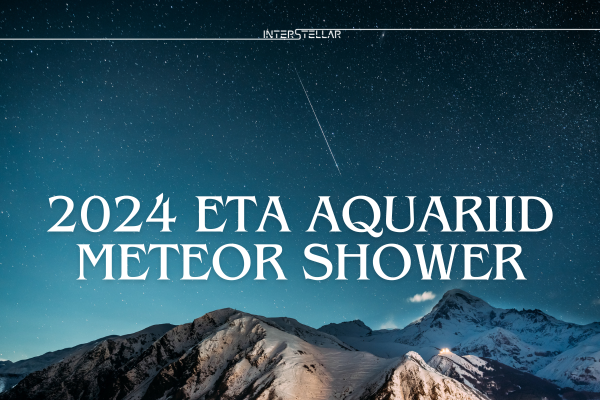The Eta Aquariid meteor shower, an annual celestial event caused by Earth passing through debris from Halley’s Comet, peaks in early May. This meteor shower is notable for its fast-moving meteors and its origin from one of the most famous comets known, Halley’s Comet.
What is a Meteor?
A meteor, often referred to as a shooting star or falling star, is essentially space debris—rock and other material—that ignites as it enters Earth’s atmosphere, creating a visible streak of light. These are not actual stars but rather small bits of comet or asteroid material. Meteor showers like the Eta Aquariids occur annually when Earth moves through these debris trails during its orbit around the sun.
Origins of the Eta Aquariid Meteor Shower
Named after the Eta Aquarii star in the constellation Aquarius, the ‘water bearer,’ the Eta Aquariid meteor shower has its radiant point near this star. The constellation itself doesn’t influence the meteor shower beyond providing a point in the sky from which the shower appears to originate.
Viewing the Eta Aquariid Meteor Shower
The best time to witness this spectacle is from April 16 to May 27, with peak activity around May 5. During this peak, viewers can expect to see up to 30 meteors per hour. Viewing conditions are generally better in the Southern Hemisphere where the Aquarius constellation appears higher in the sky. For the best experience, it is recommended to find a dark location away from city lights during the pre-dawn hours.
Halley’s Comet and the Eta Aquariids
Halley’s Comet, which orbits the sun every 76 years and last visited in 1986, sheds debris that is responsible for the meteor shower. This comet will next be visible from Earth in 2061. The Eta Aquariids, along with the Orionid meteor shower in October, are both produced by debris from this famous comet.
Meteor Speed and Visibility
Eta Aquariid meteors are particularly fast, traveling at about 148,000 miles per hour. This high speed can result in long-lasting glowing streaks in the sky, known as “trains.” This year, interactions with Jupiter’s gravitational field are expected to enhance the meteor rates, making the Eta Aquariids an even more exciting event for stargazers.
By understanding the best times and places to view, as well as the astronomical phenomena behind the Eta Aquariid meteor shower, enthusiasts can fully appreciate this impressive display in the night sky.





